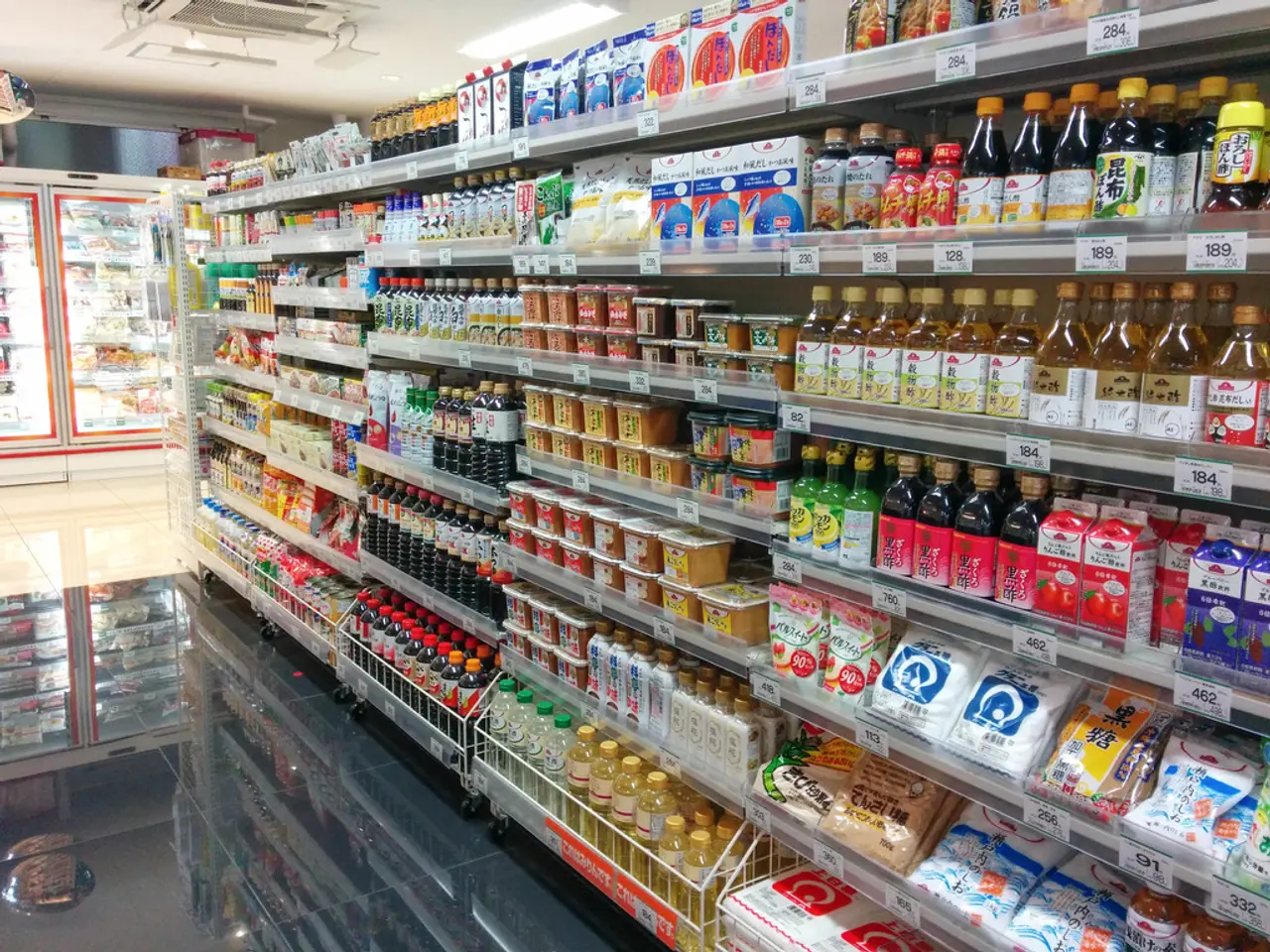India’s inflation plummets to -0.57%—but gold prices tell a different story
Inflation in India has shown varied trends, with the exclusion of gold prices leading to a significant drop in the main inflation number to -0.57 percent. The state of Kerala has witnessed the highest inflation rate at 8.56 percent, while 12 states experienced negative inflation. Meanwhile, the Reserve Bank of India (RBI) grapples with balancing economic growth and low inflation.
The surge in gold price today has had a notable impact on personal care items, contributing to overall inflation. However, excluding gold, inflation would have been even lower. A report by SBI Research suggests that retail inflation could turn negative in the coming months if gold is not included in the Consumer Price Index (CPI).
Inflation varies greatly across states, with Kerala leading at 8.56 percent. In contrast, 12 states have reported negative inflation rates. This disparity highlights the need for targeted policies to address regional economic disparities.
In October 2022, India's overall inflation stood at 0.25 percent, primarily driven by cheaper vegetables, beans, spices, fruits, oils, and fats. GST rate changes have played a more significant role in lowering inflation than initially anticipated. The RBI, however, faces a challenge in managing this low inflation while supporting economic growth, which has been over 7 percent.
With gold price influencing inflation and states experiencing diverse inflation rates, the RBI must carefully navigate its policy decisions. While low inflation is beneficial, it also poses challenges to economic growth. The RBI's task is to balance these factors effectively to ensure India's economic stability.







